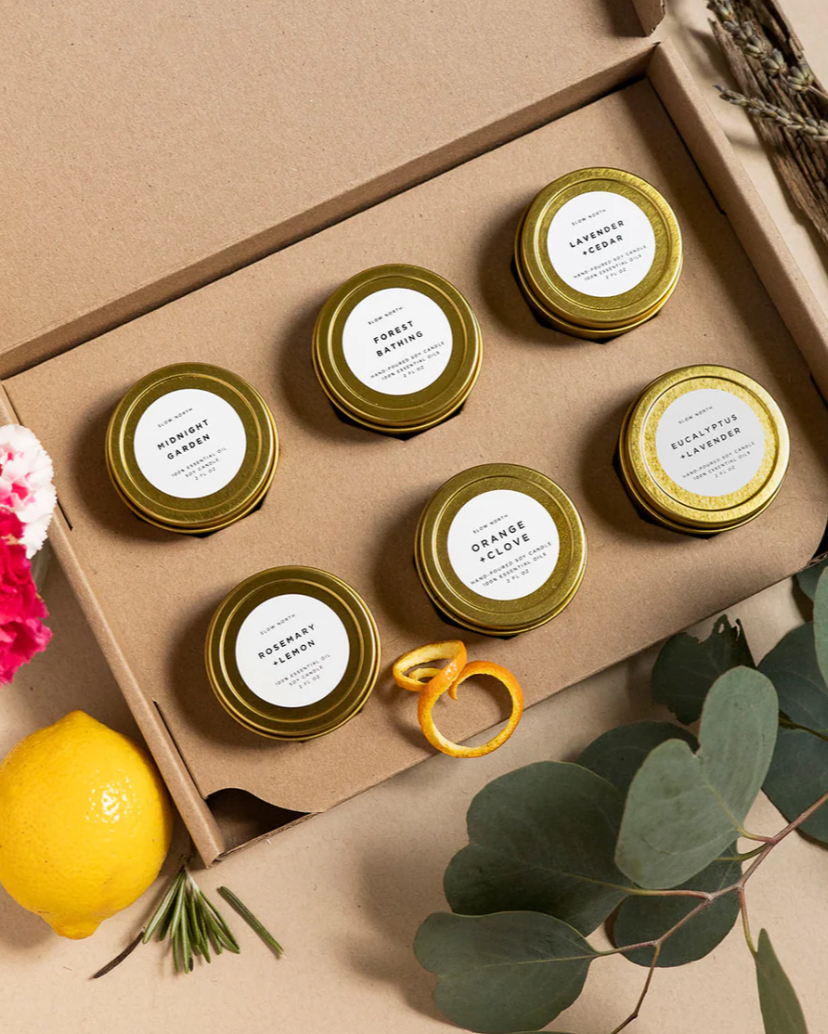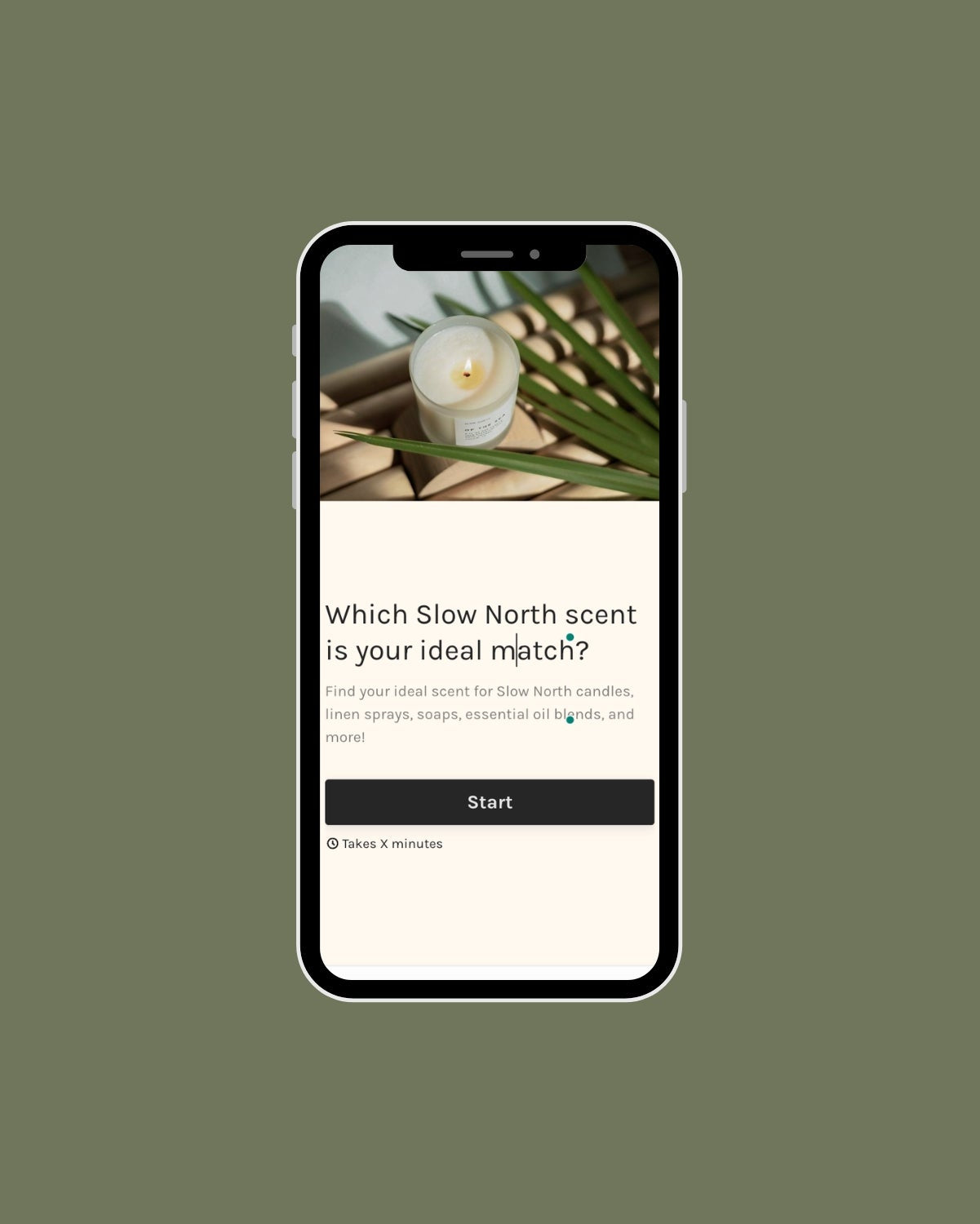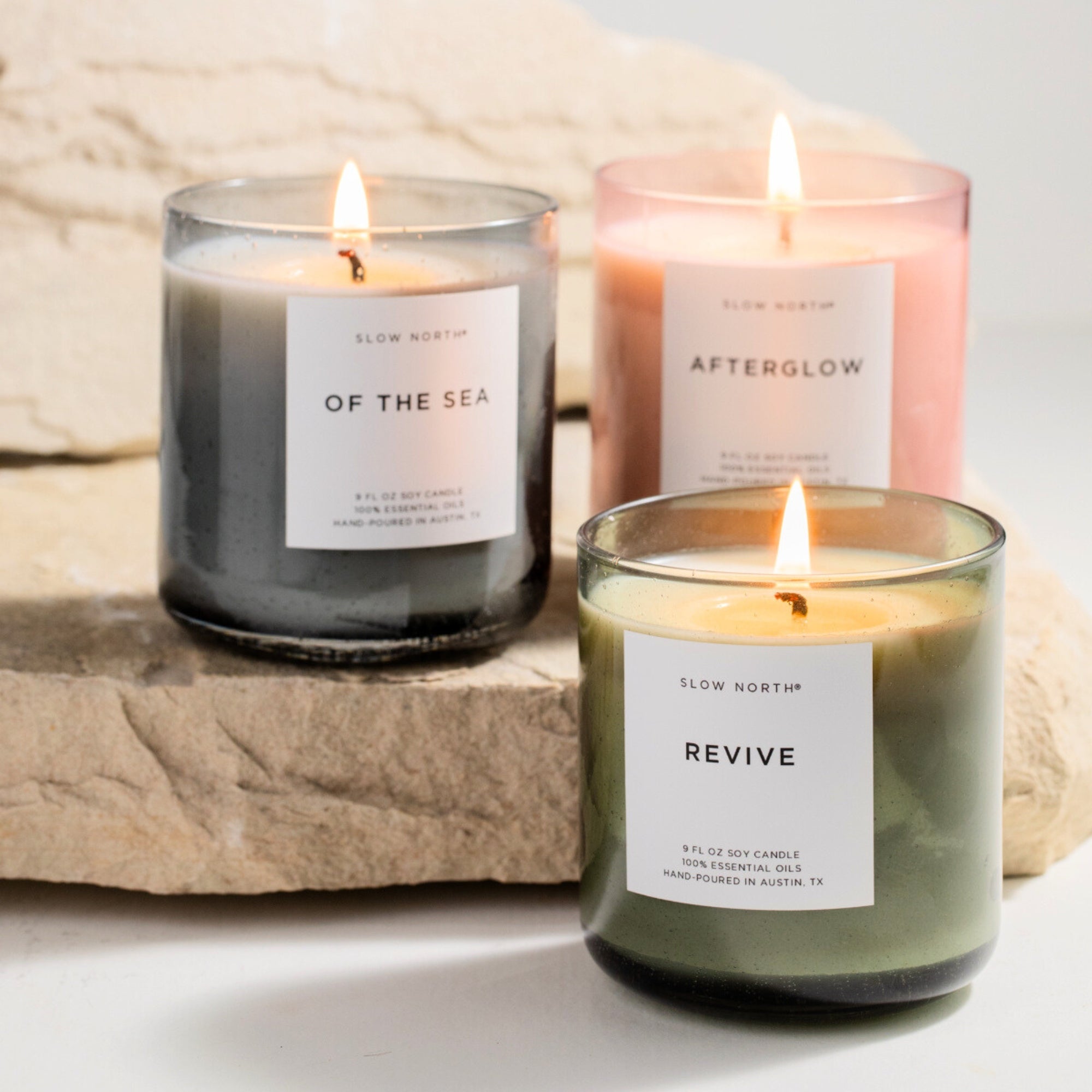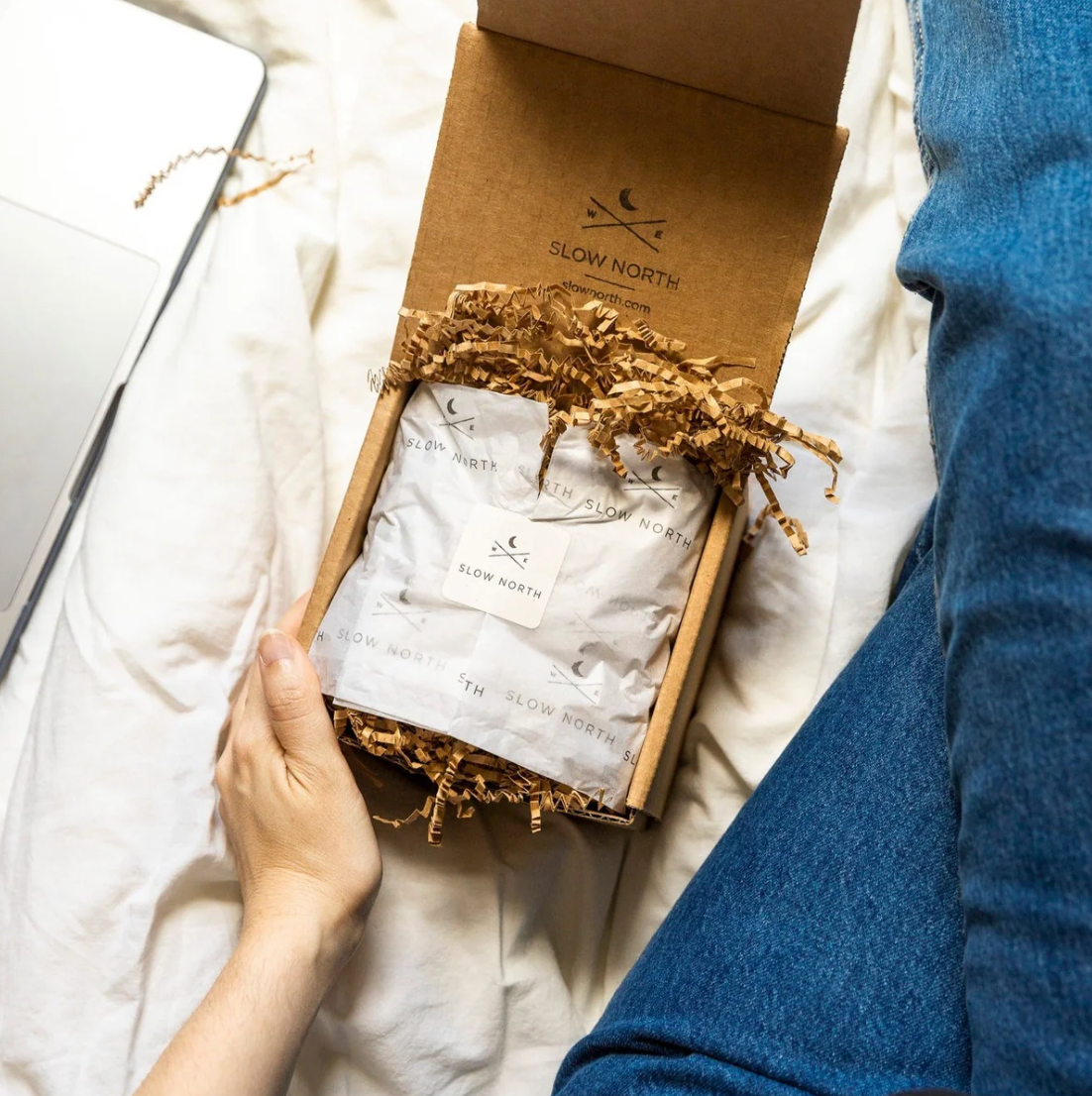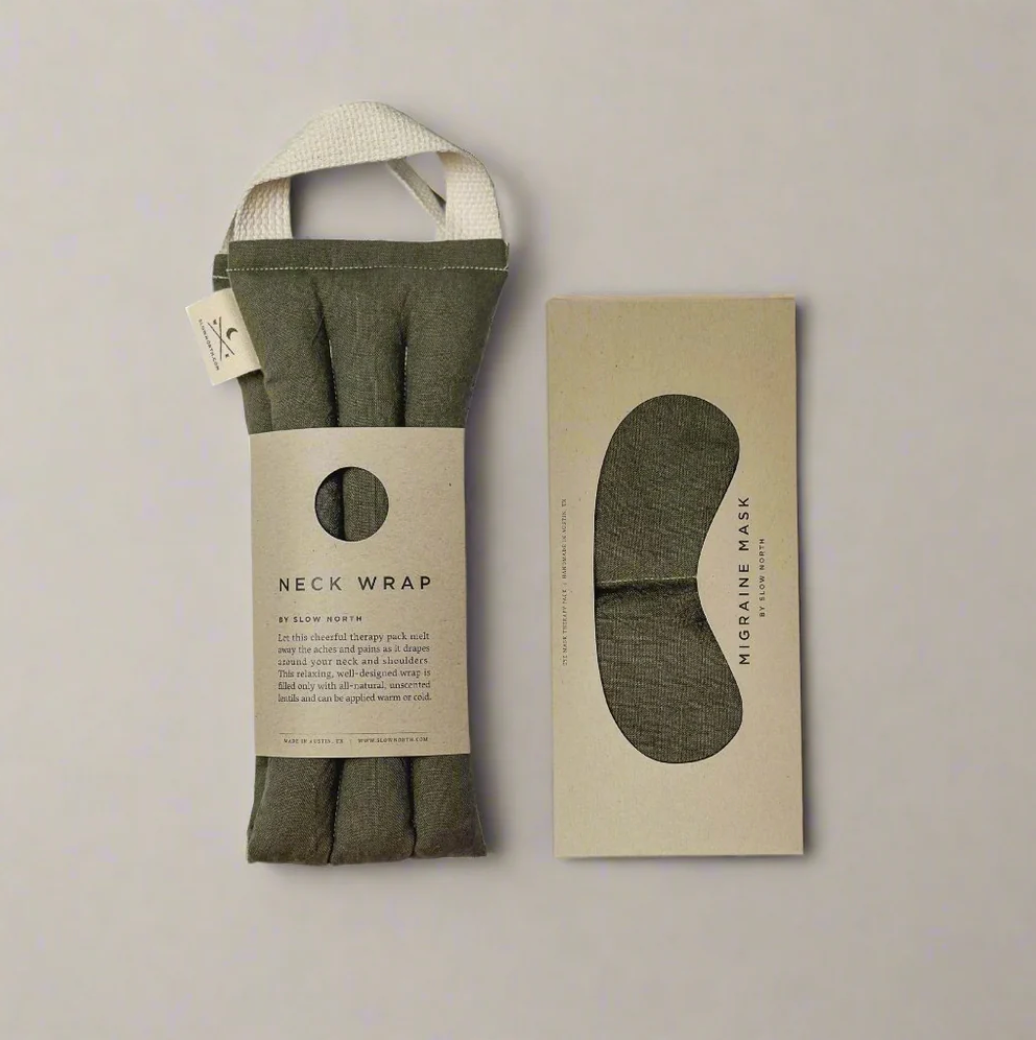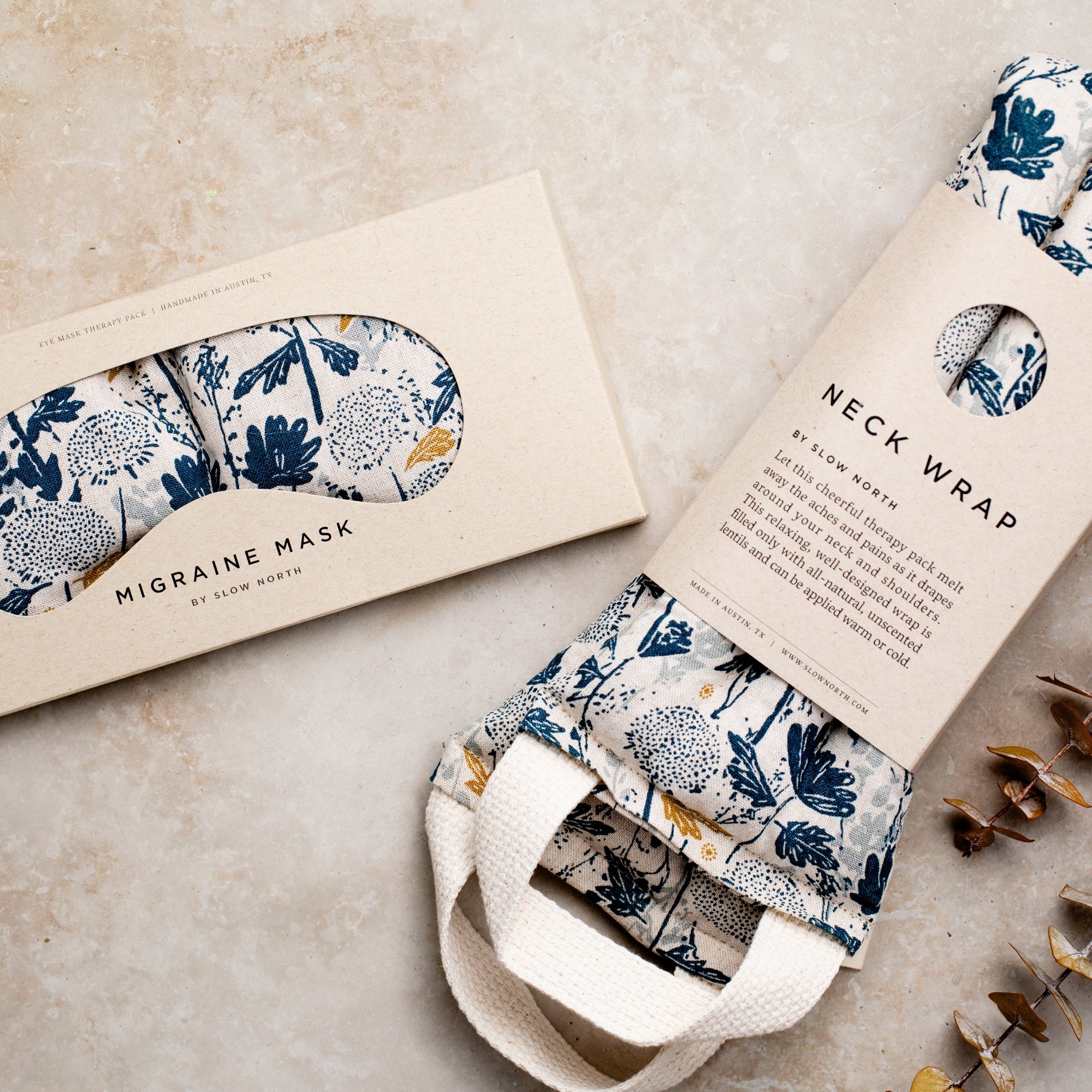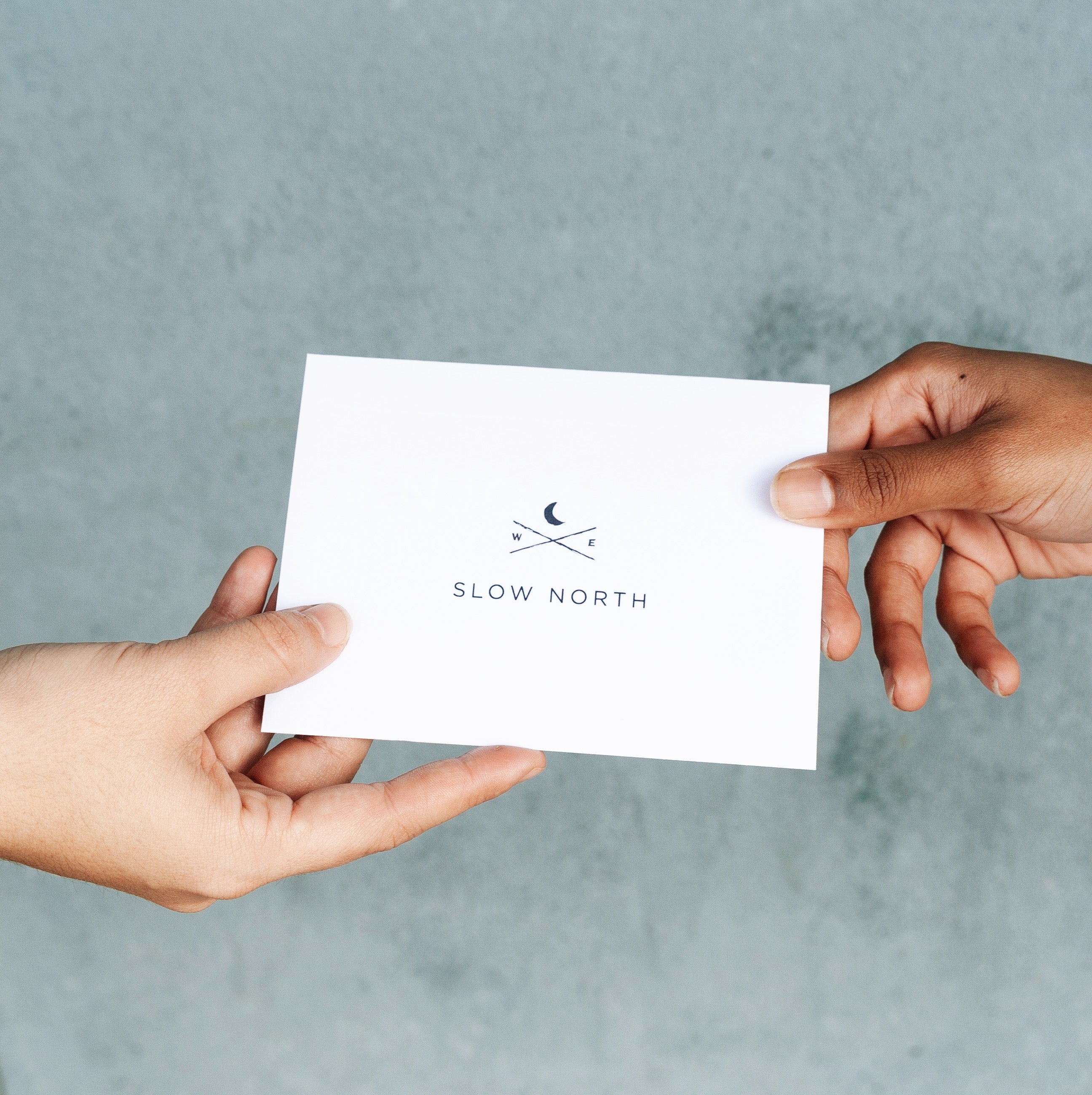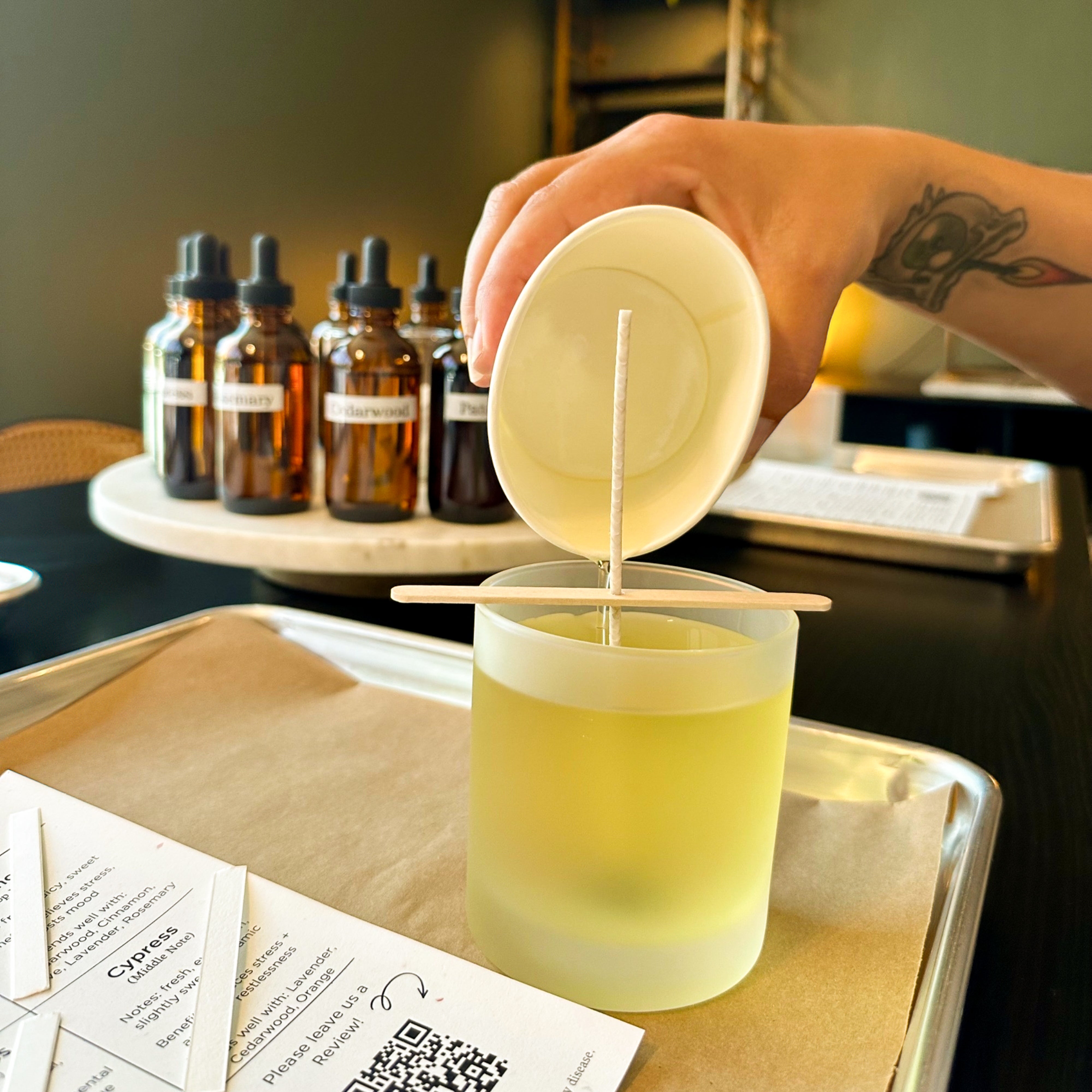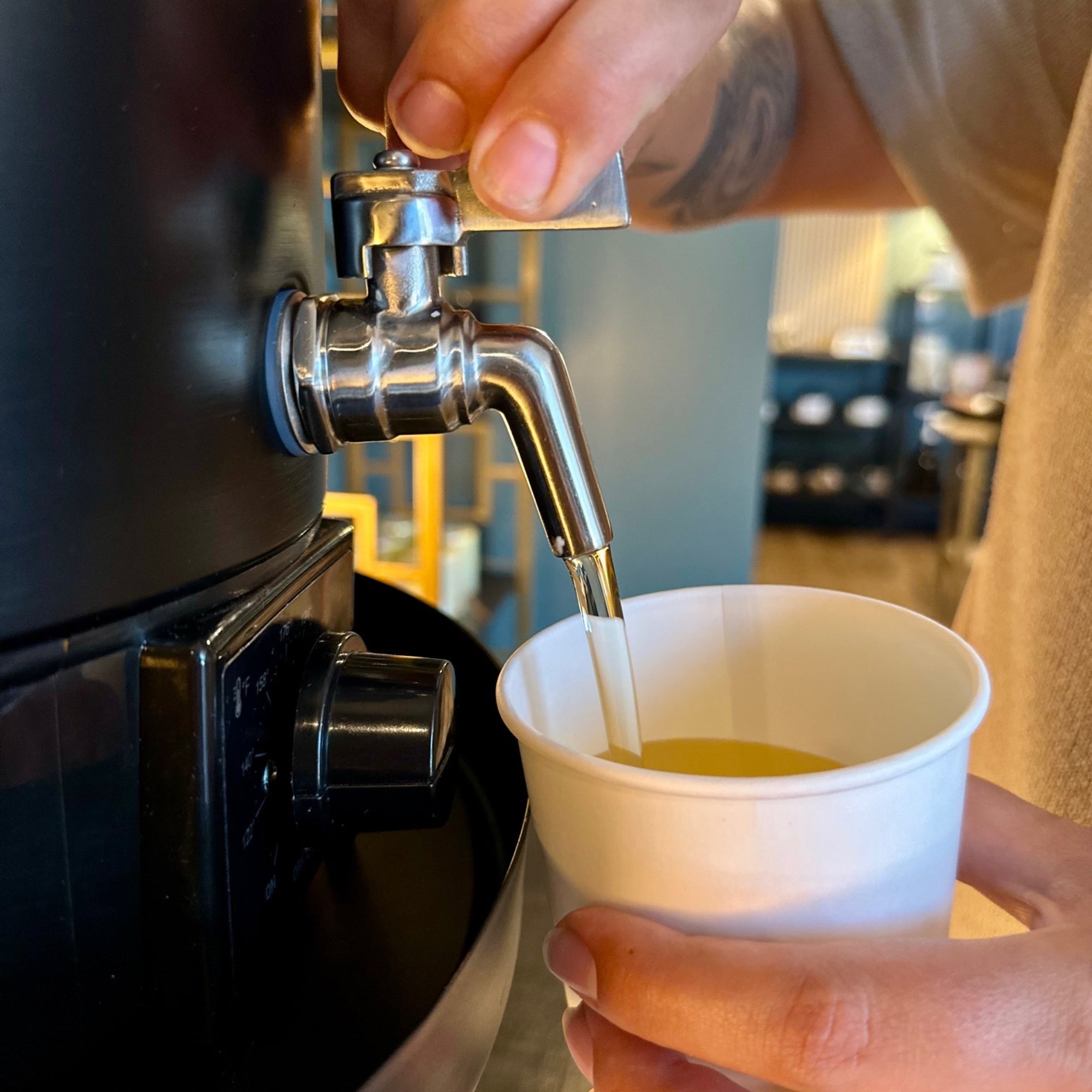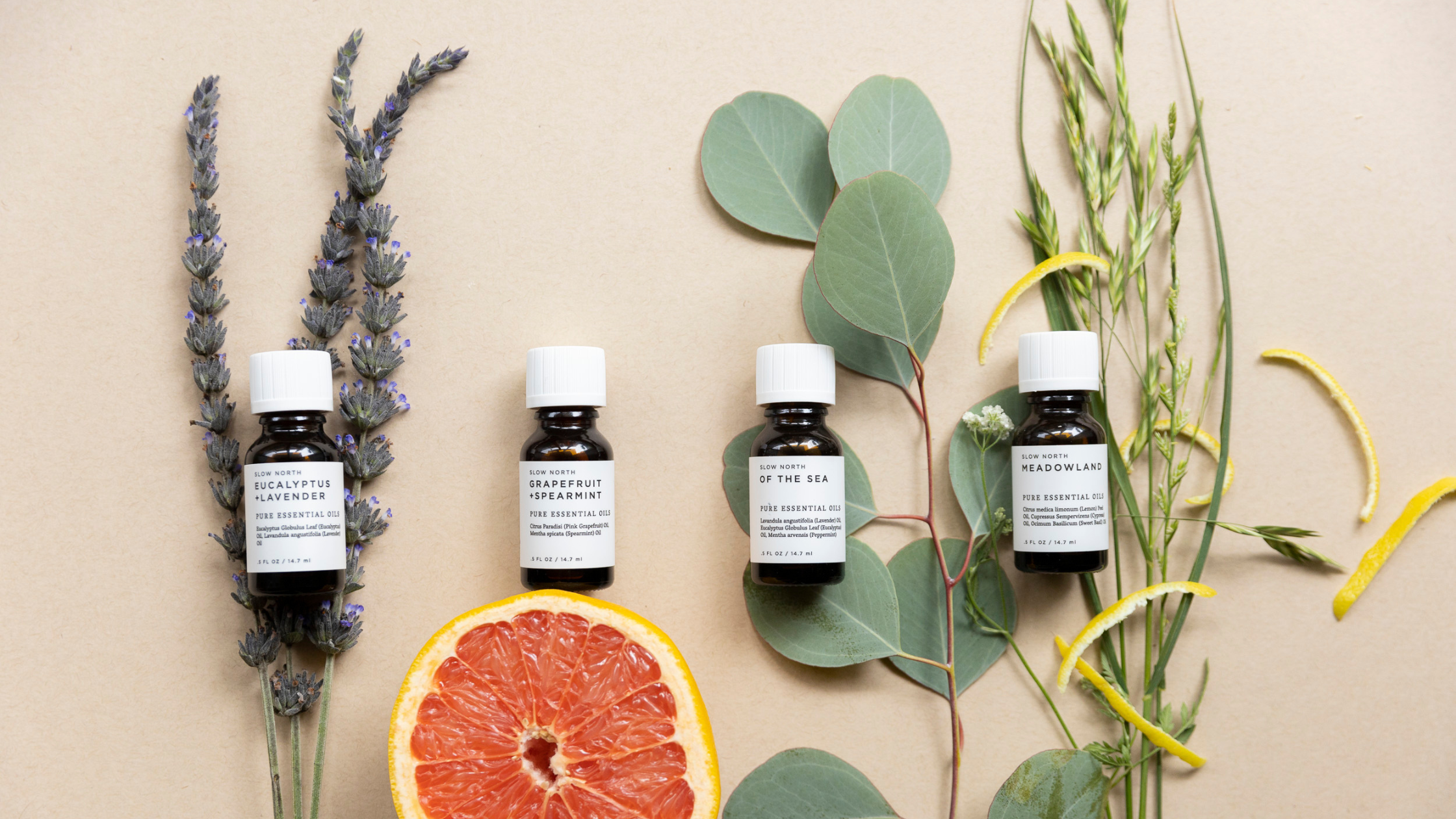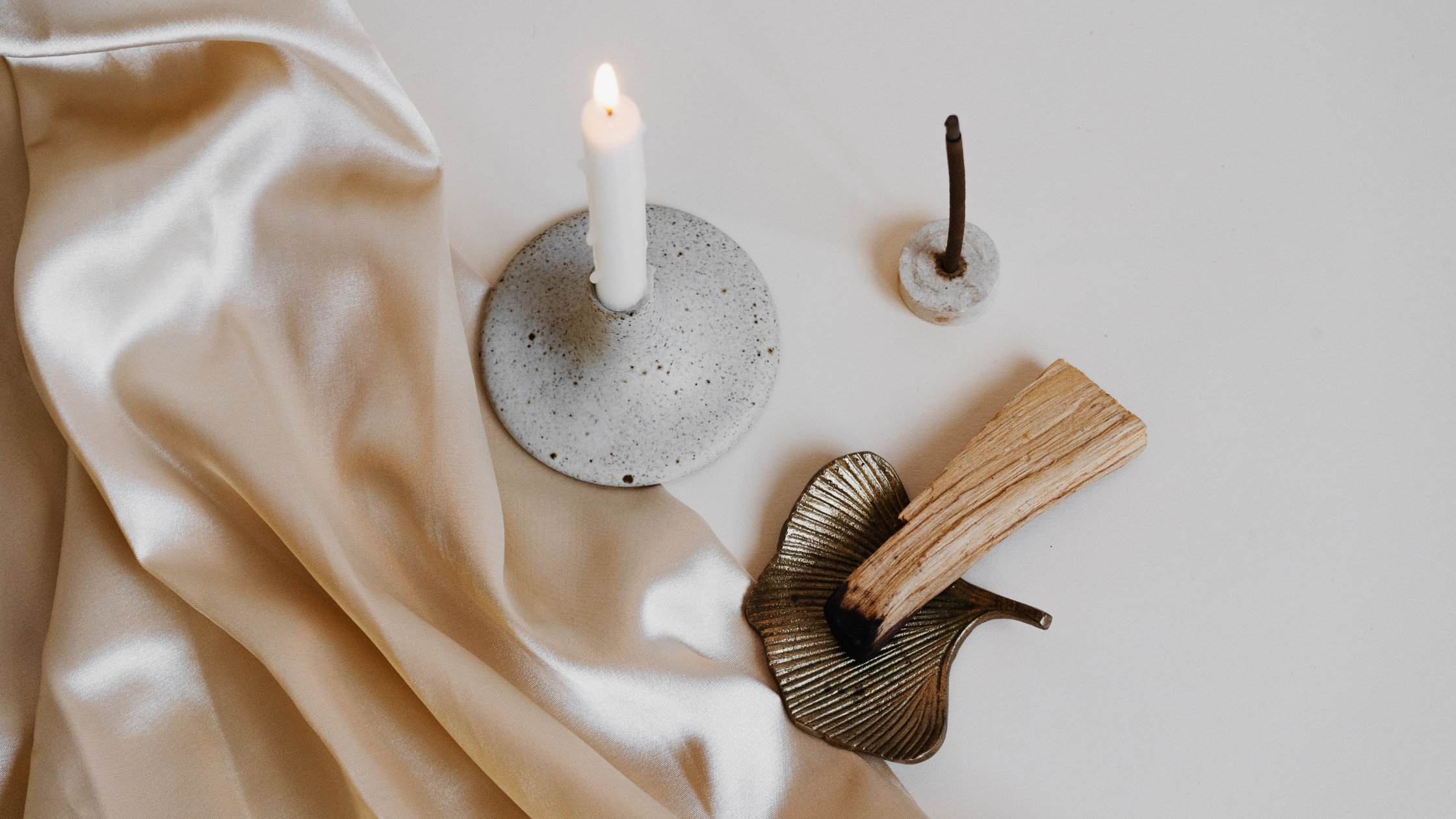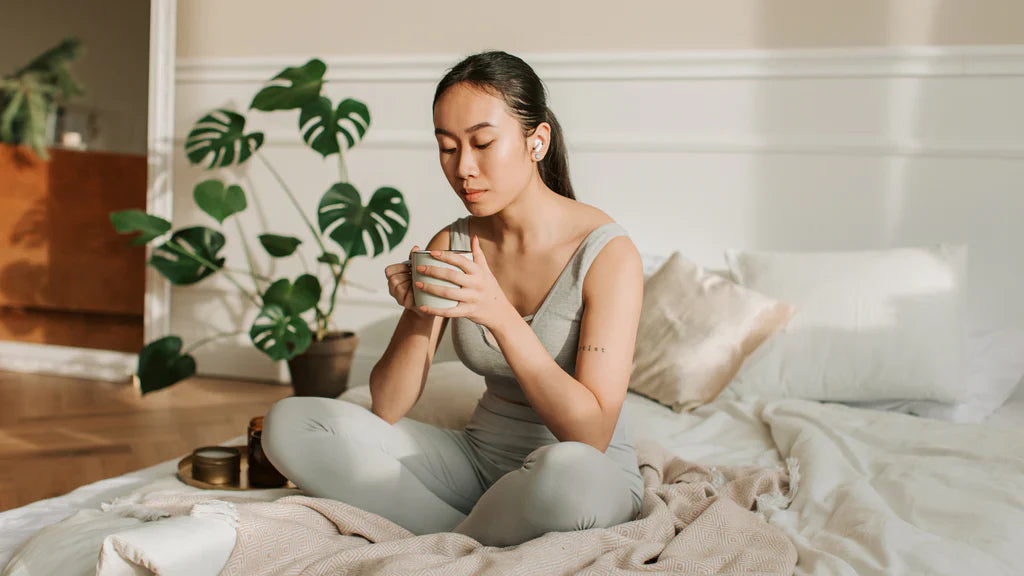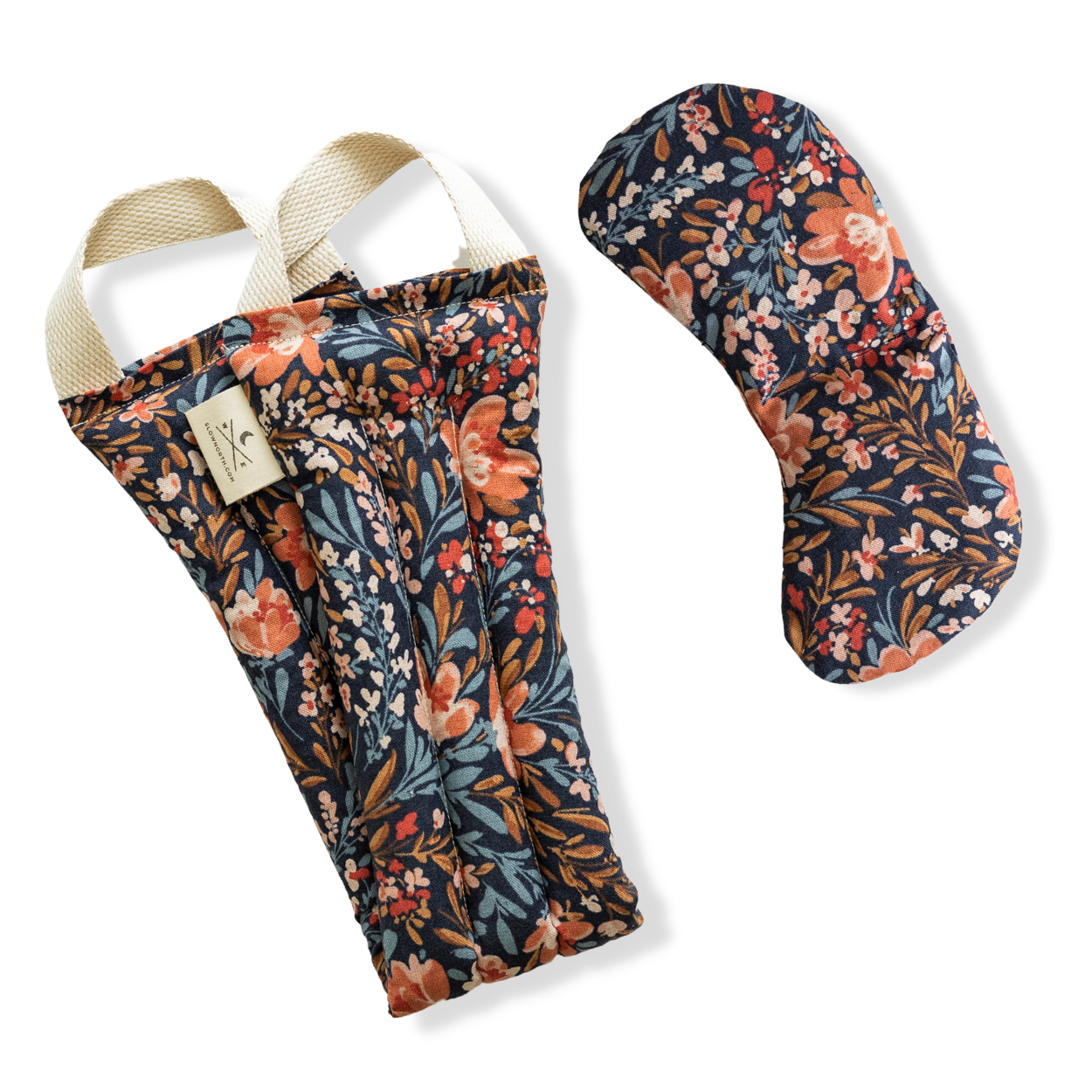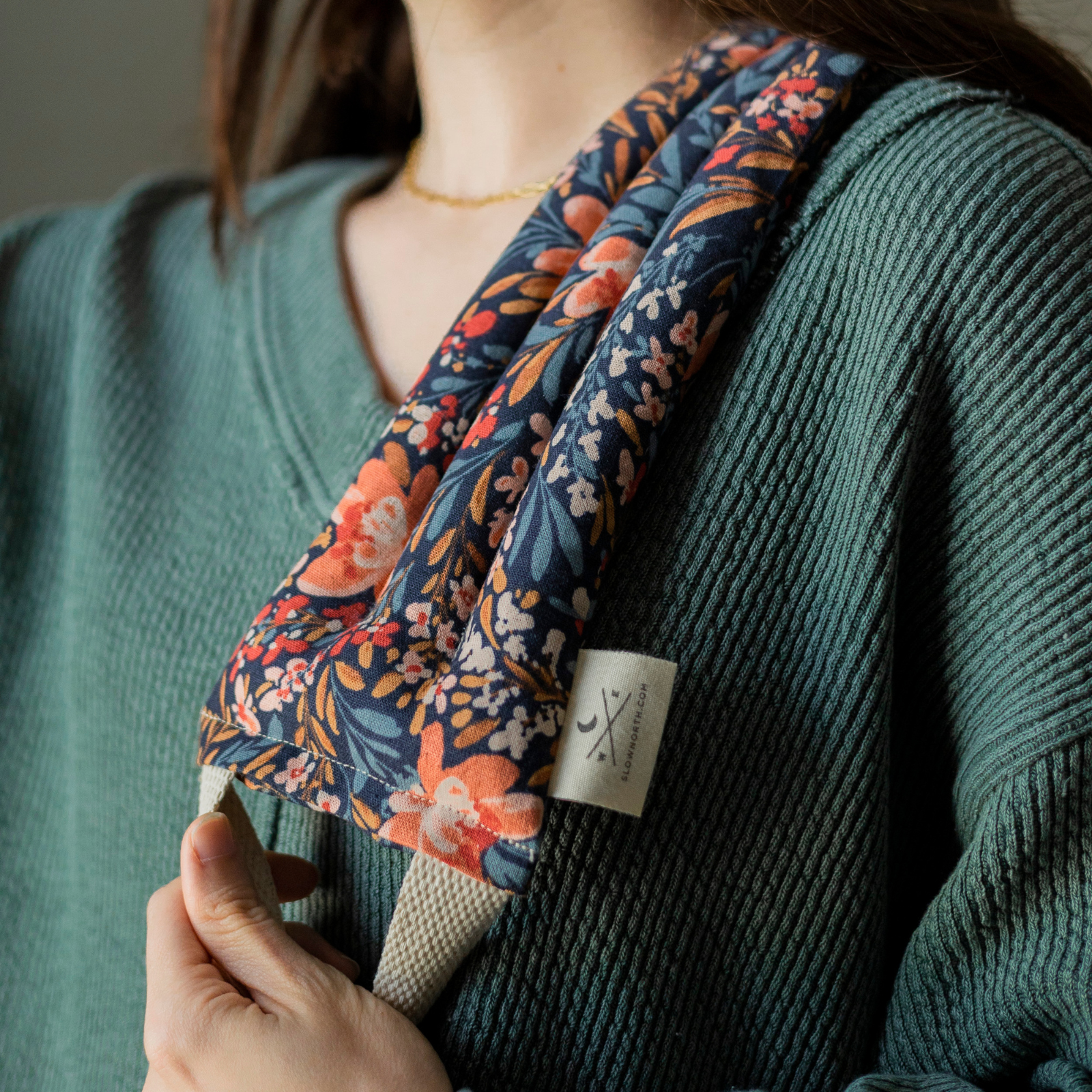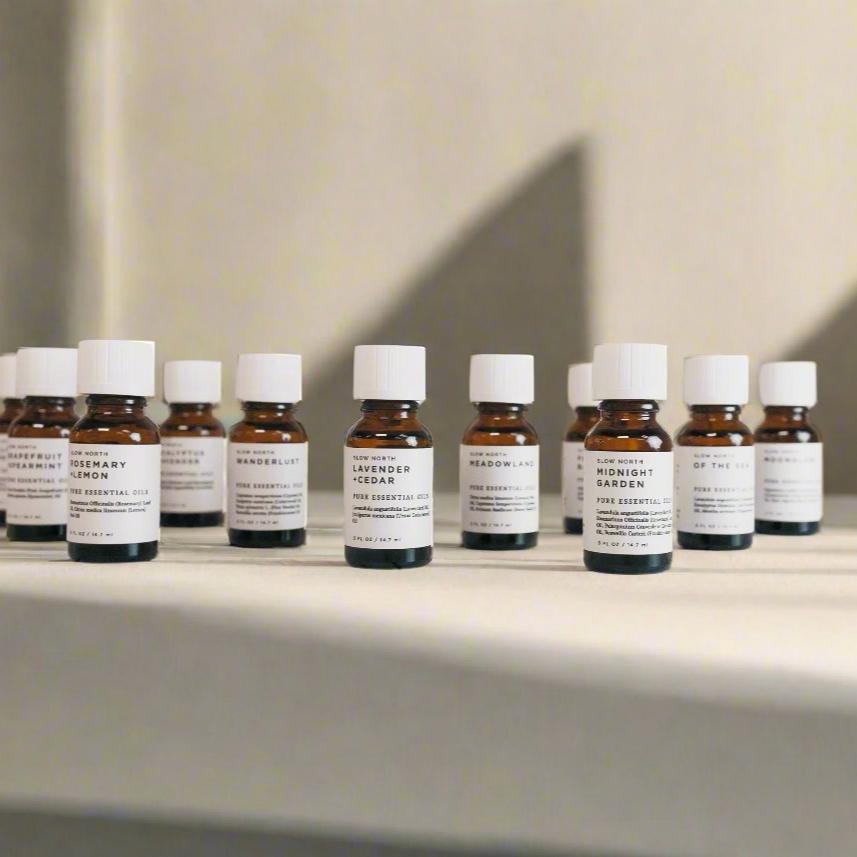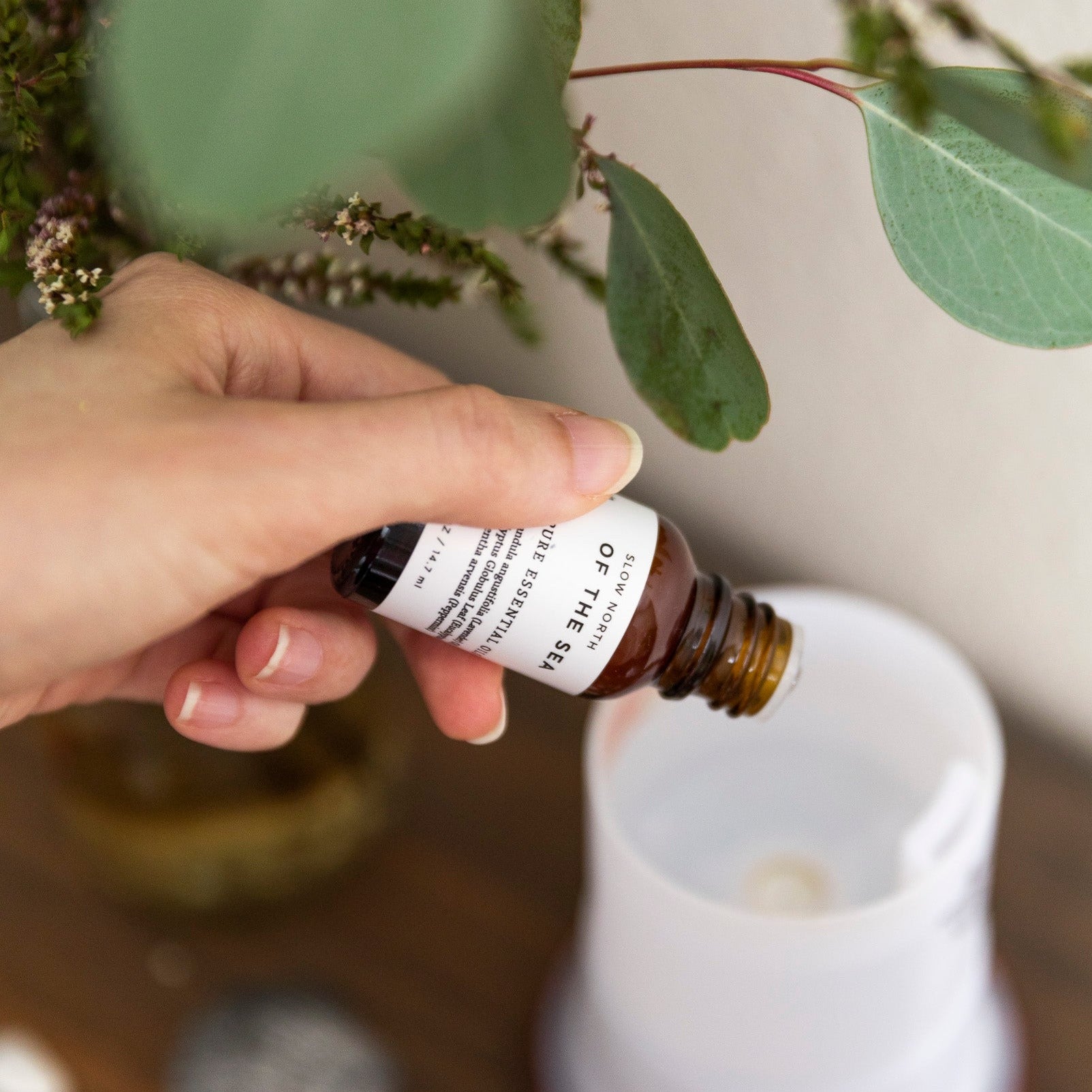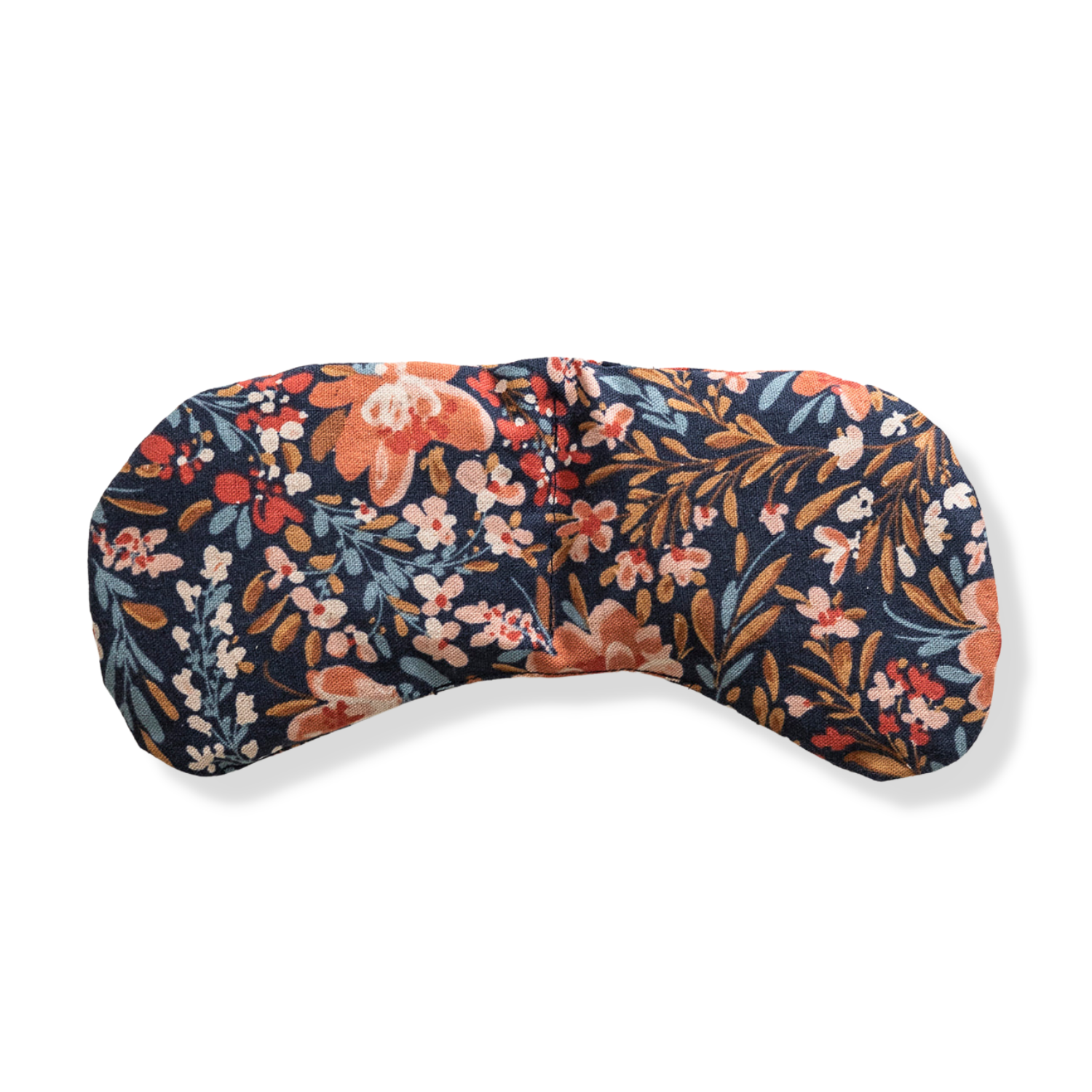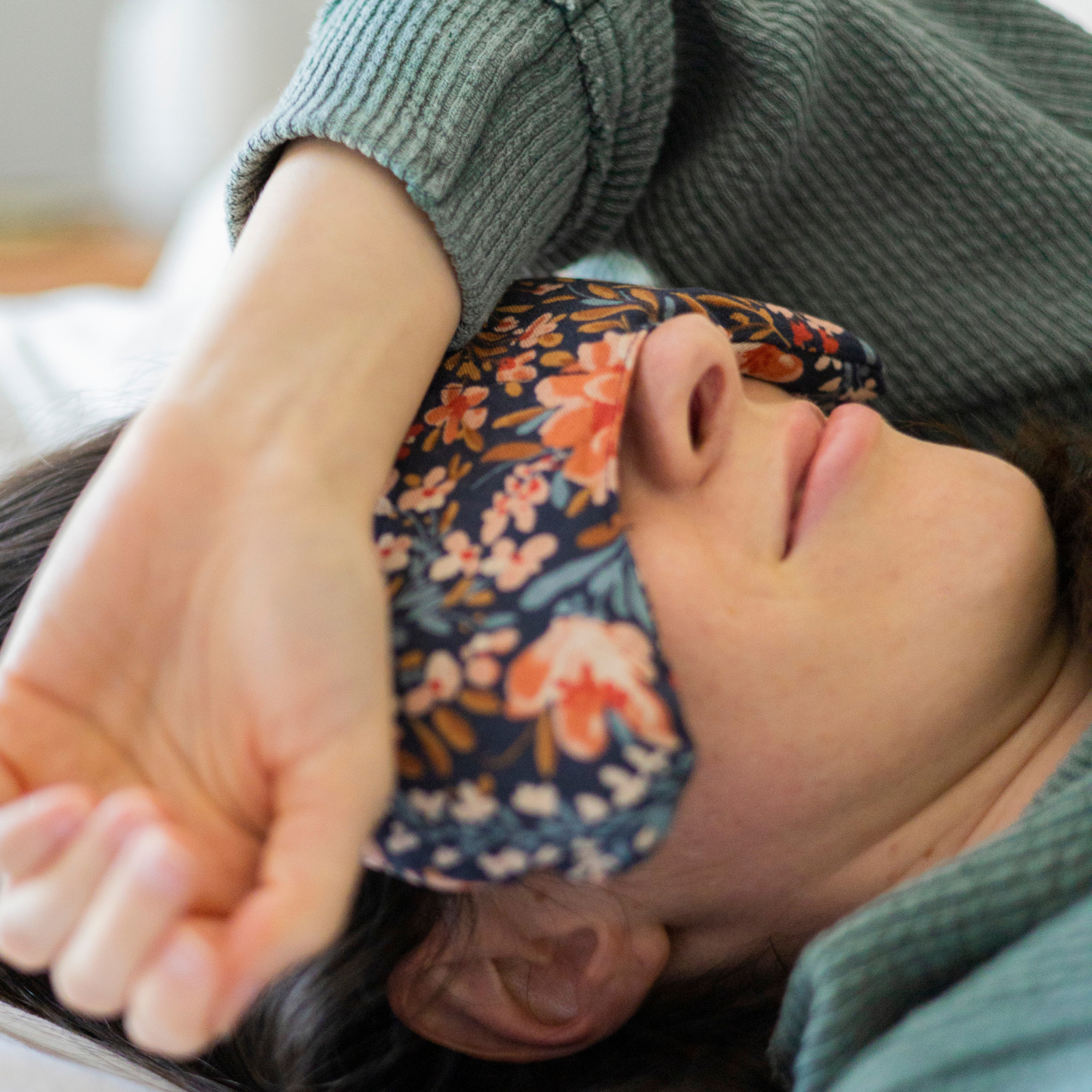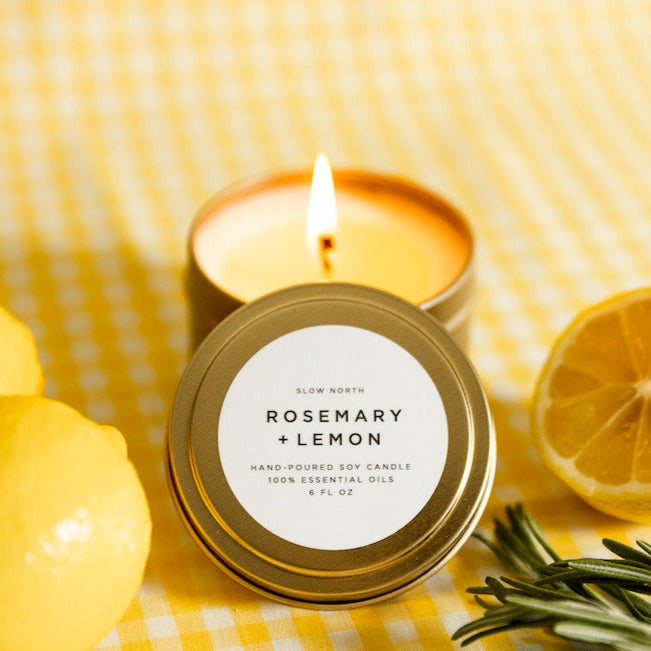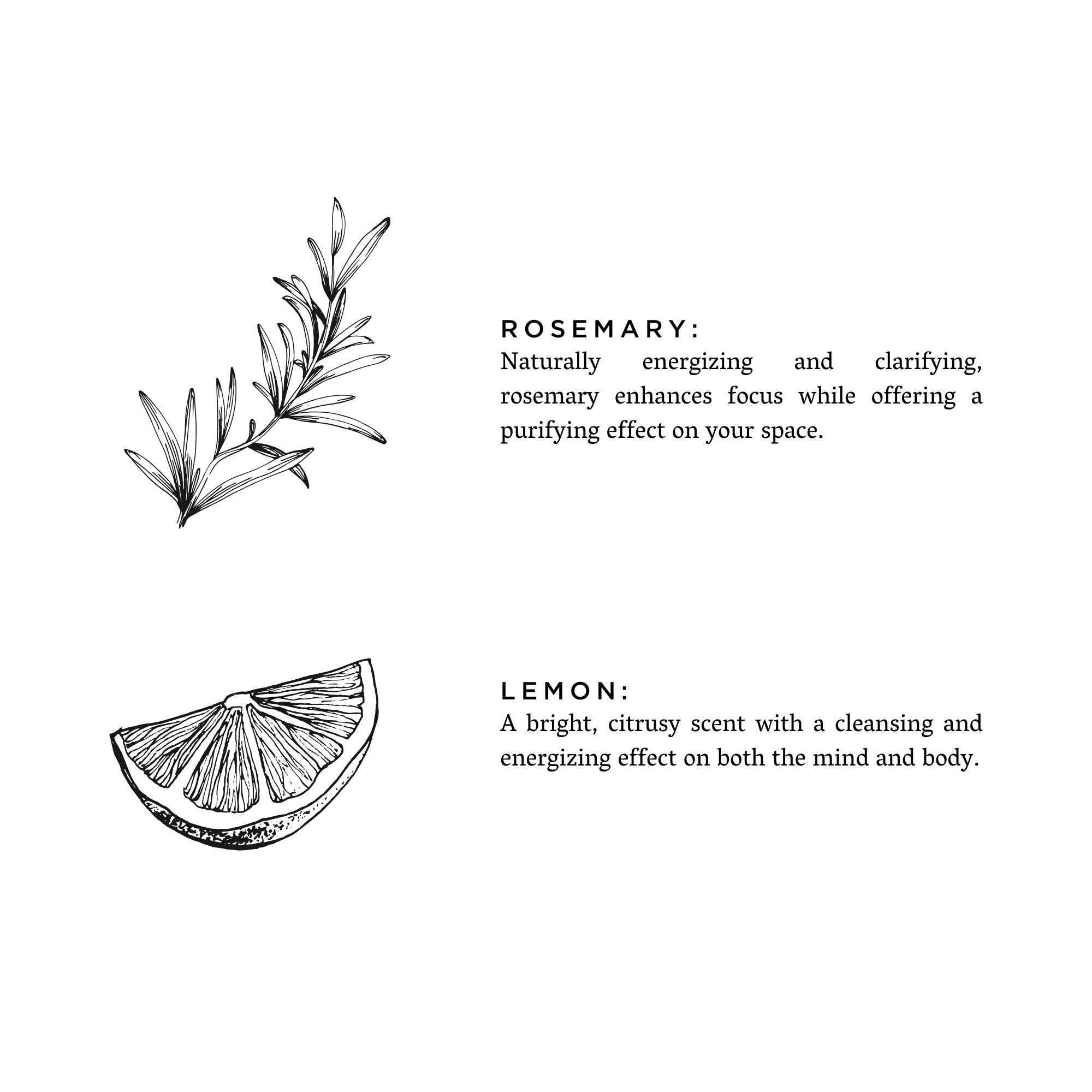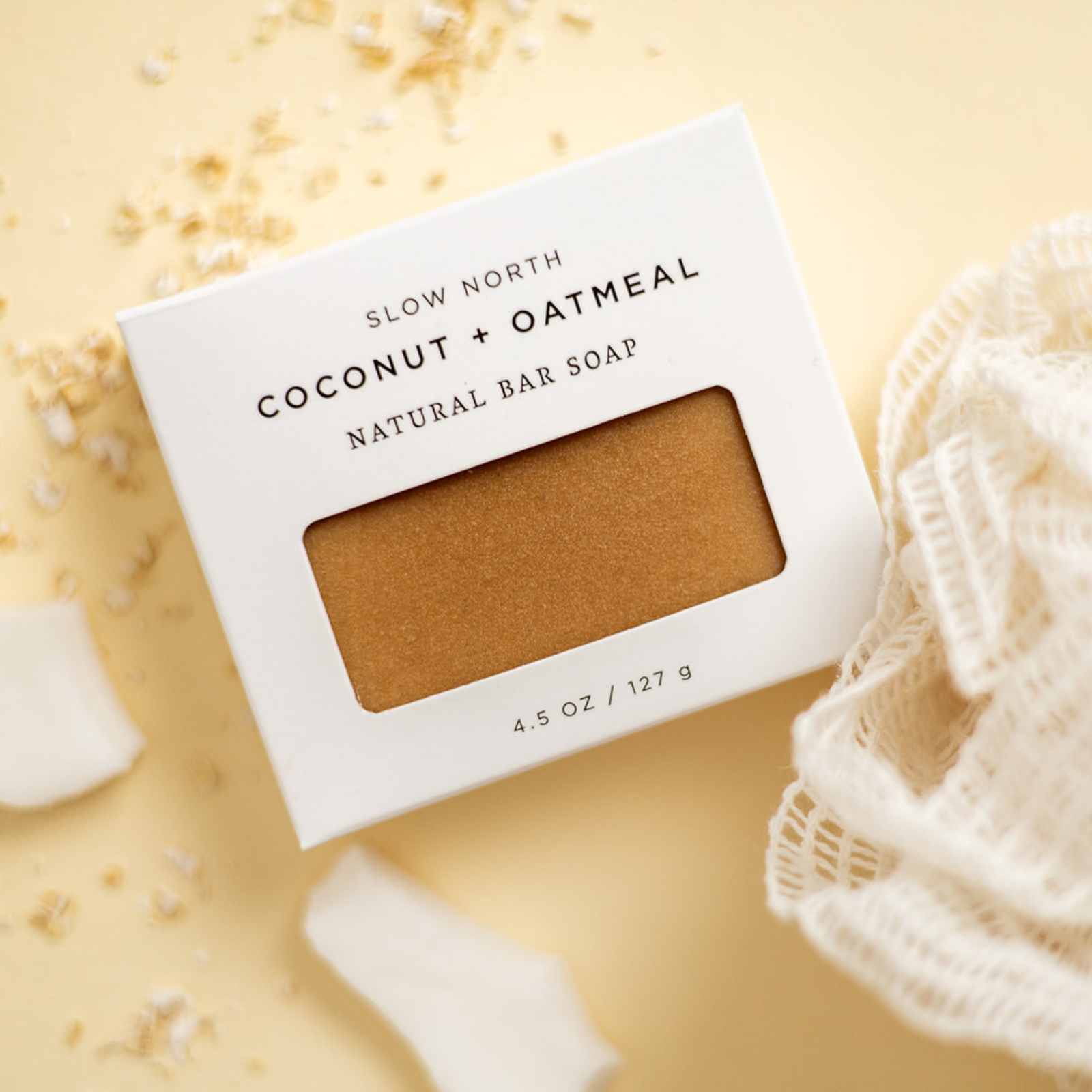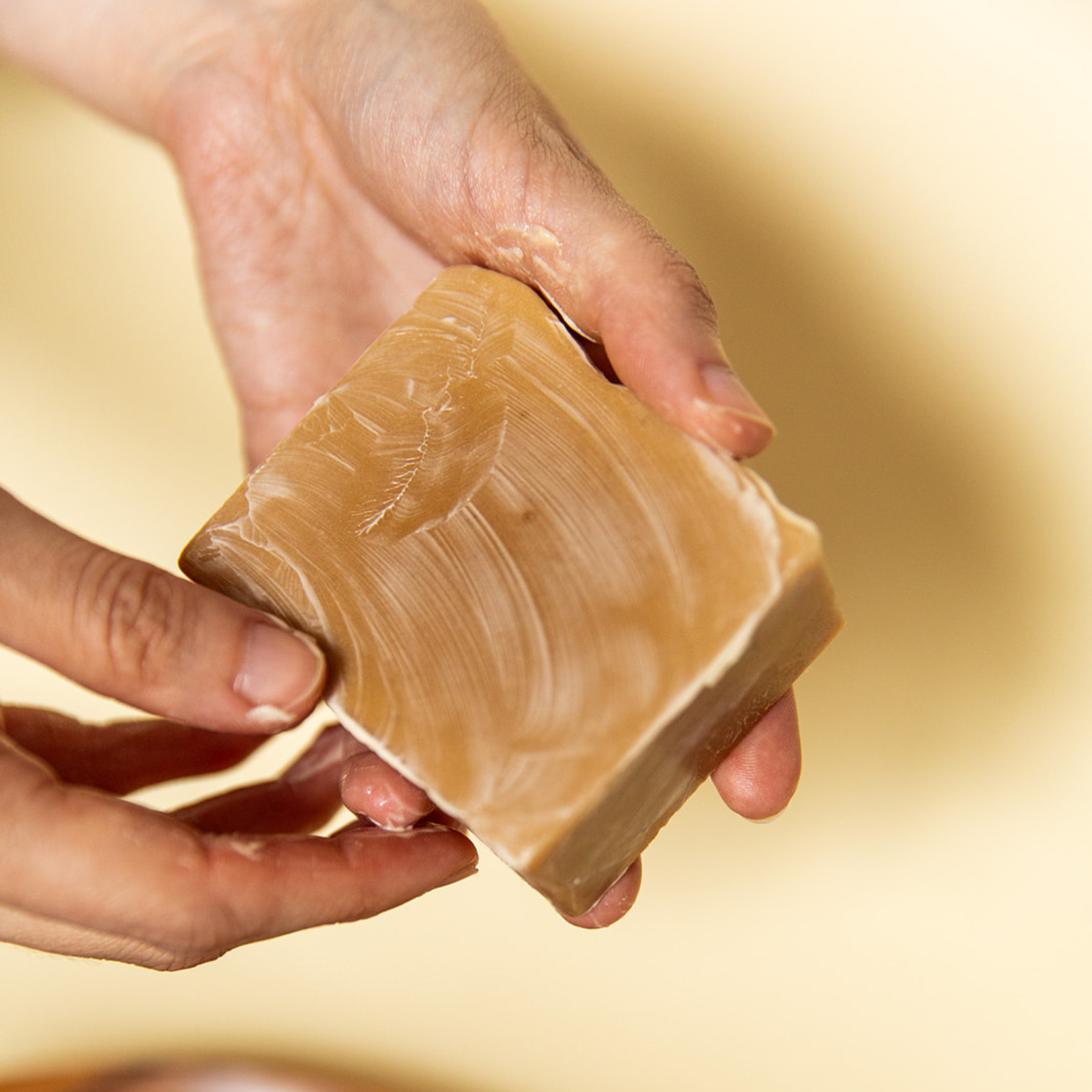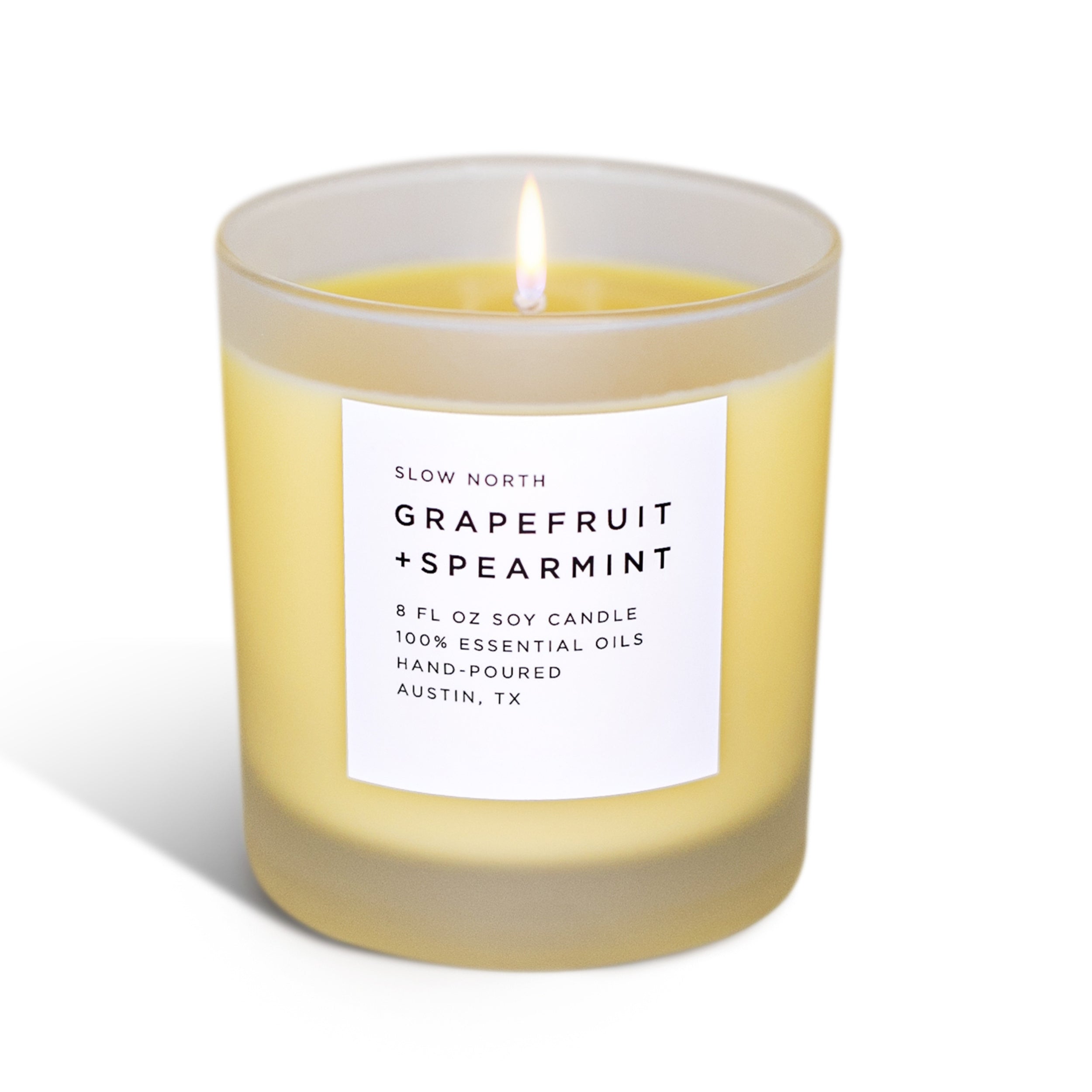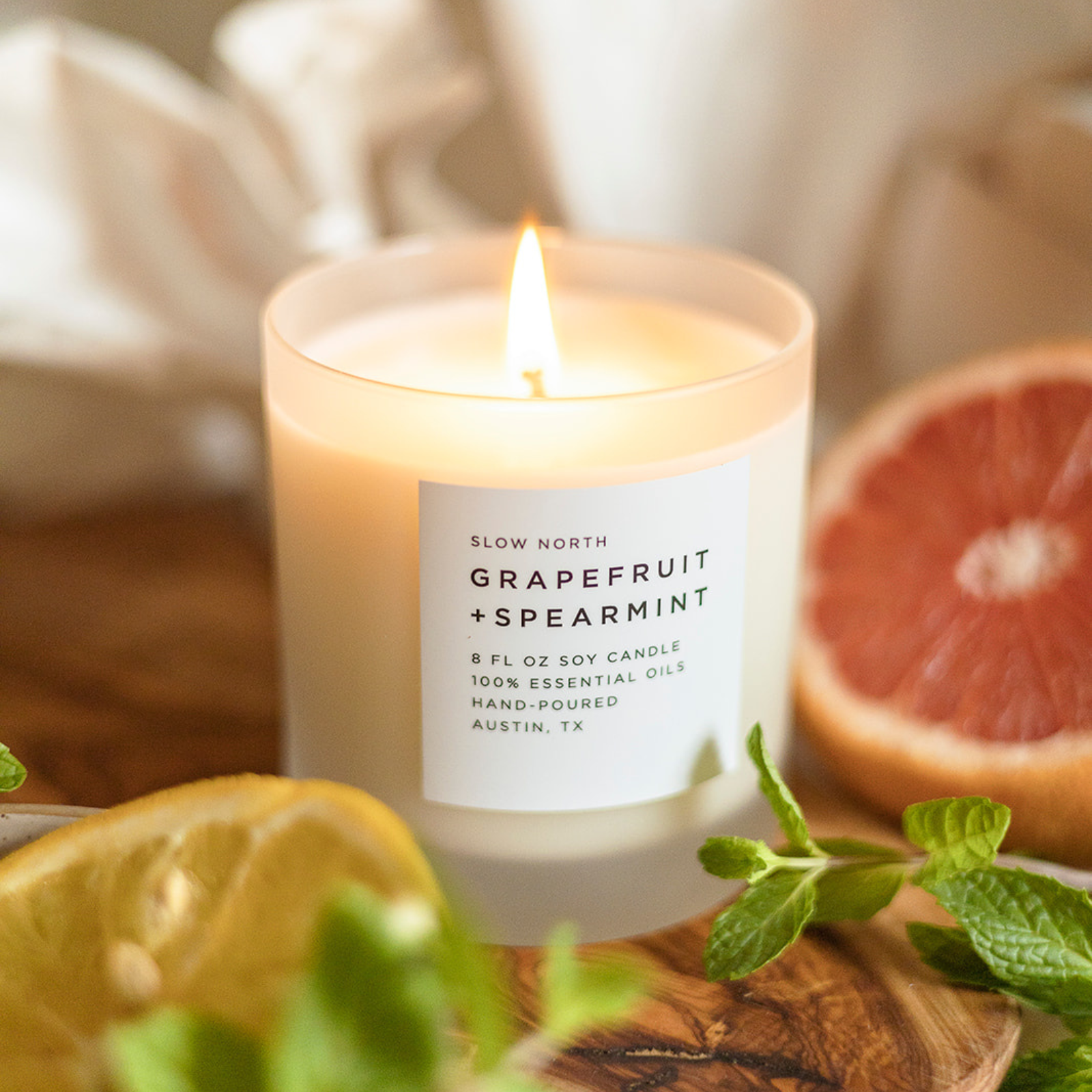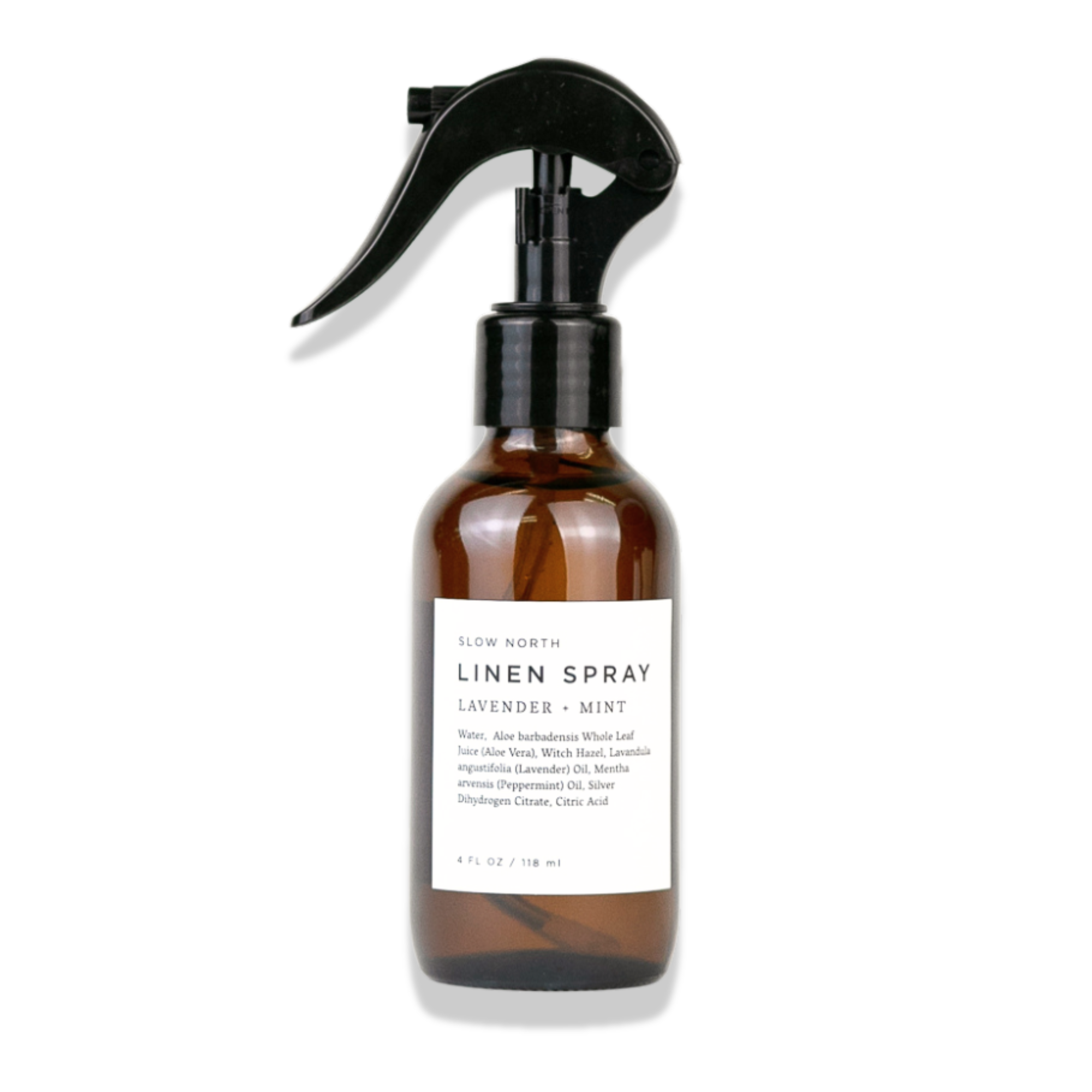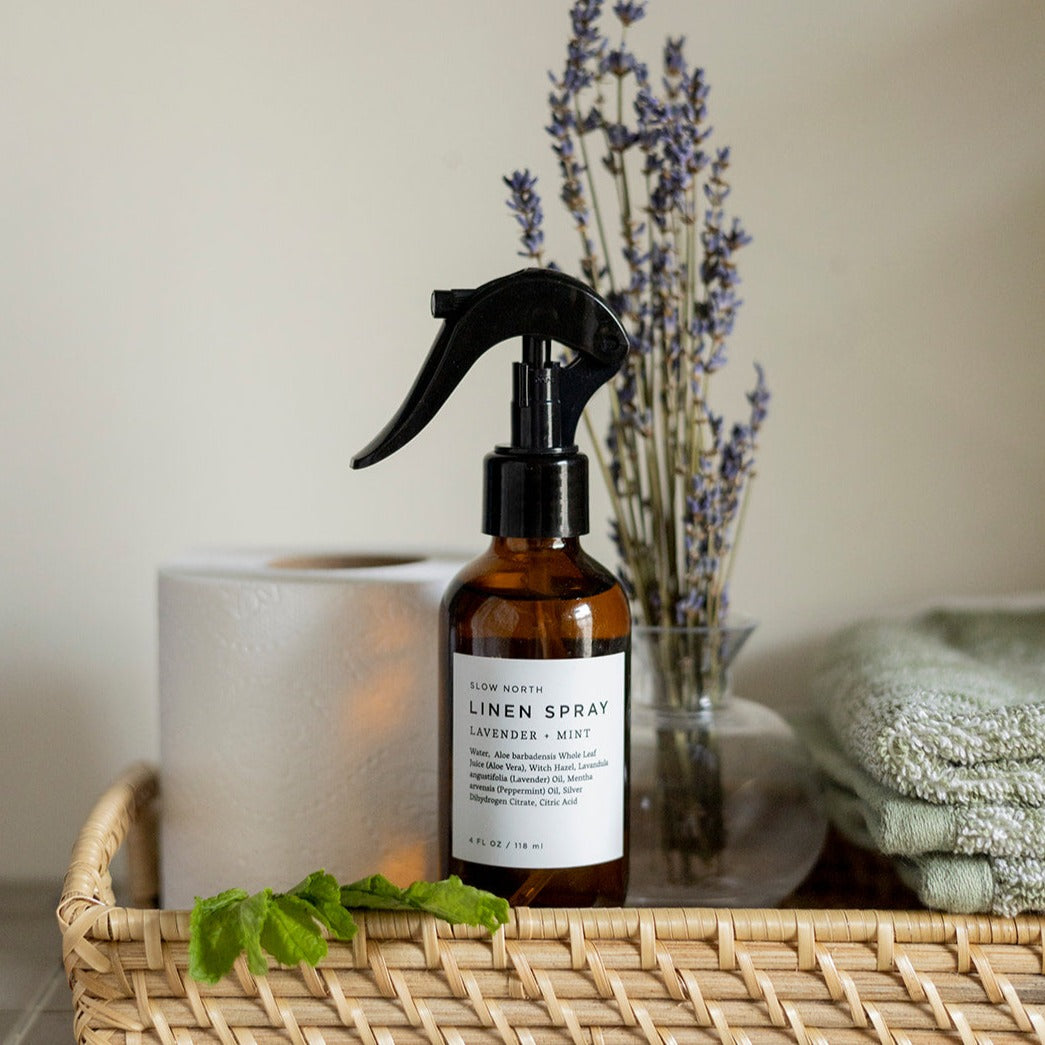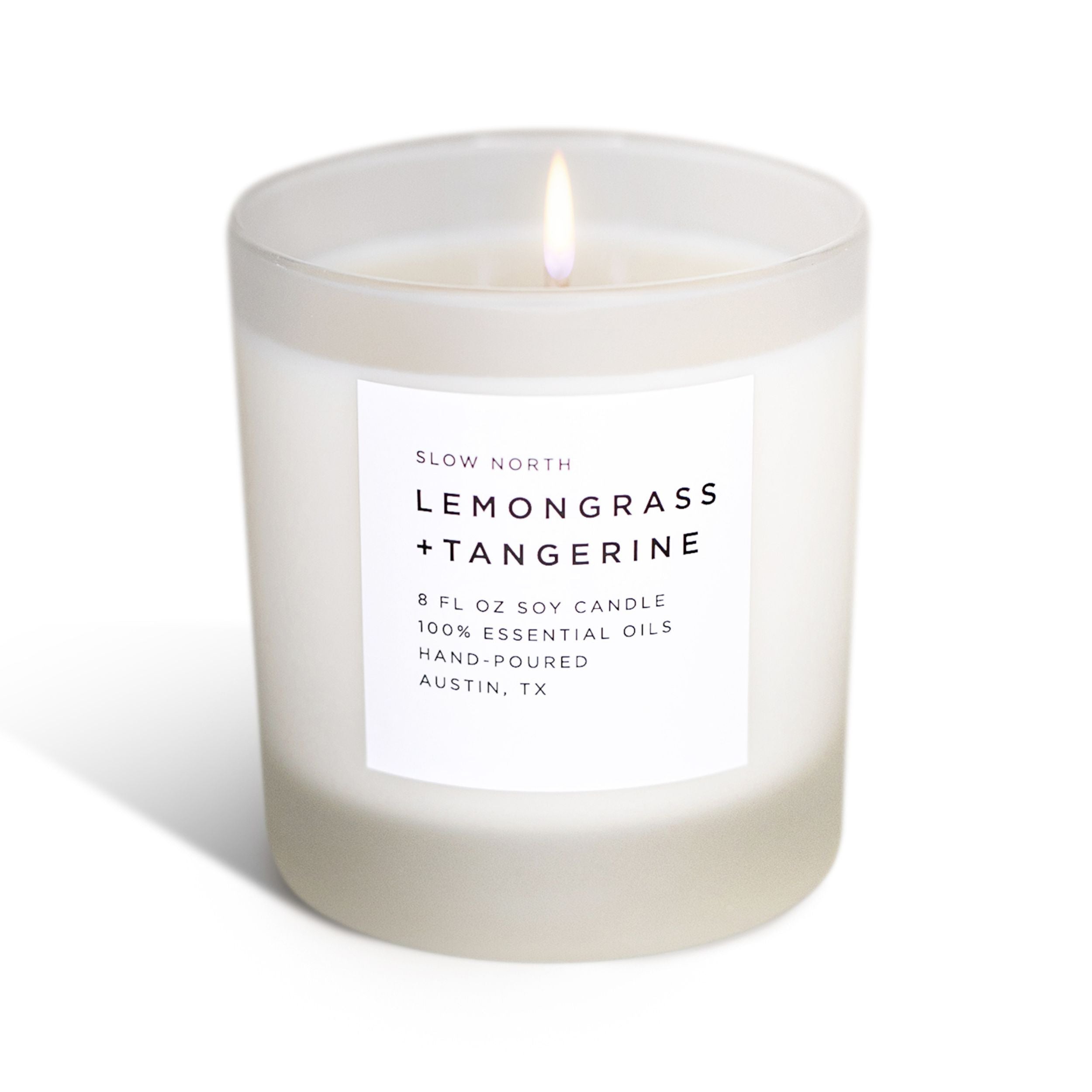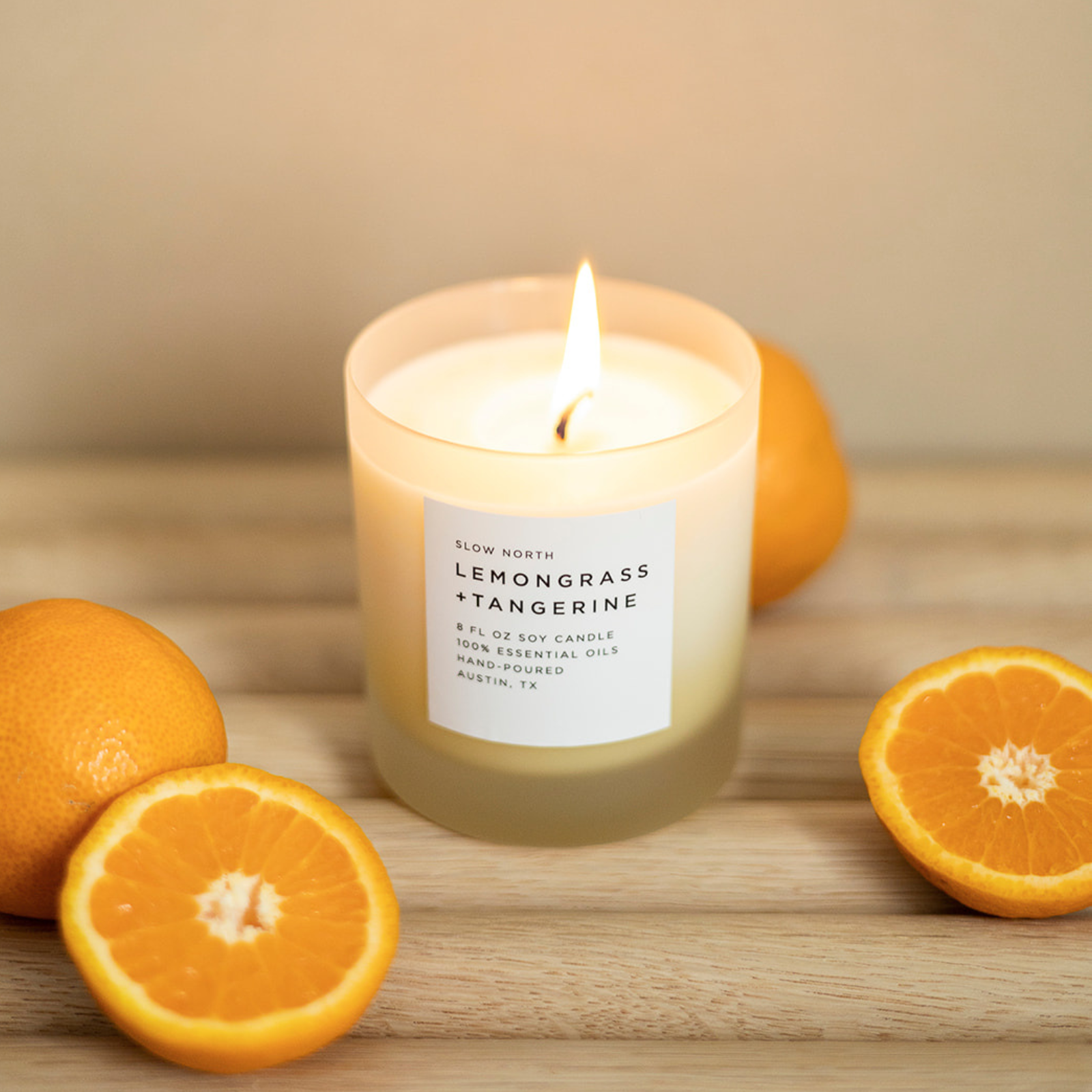
It’s 11 p.m. on a Tuesday and you’re completely wired.
You’ve been on the go all day, catching up on emails between back-to-back Zoom meetings. You should be winding down to finally get some sleep, but the thoughts in your head are swarming like bees.
You don’t want to lie awake all night, so you reach for the small glass bottle on your nightstand, unscrew the cap, and shake a few droplets onto your pillow. The calming aroma of lavender gently swirls around you. The buzzing in your head quiets, then stops. Your eyelids grow heavy and you finally drift into a peaceful sleep.
You’ve just harnessed the stress-relieving power of lavender essential oil.

While enthusiasm for natural wellness has popularized essential oils in recent years, Indigenous cultures have been using them for centuries. Scientists are still researching the true power and potential of essential oils, but it’s generally accepted that essential oils can benefit users in different ways — when used properly and safely.
In this guide, we’ll tell you everything you need to know about essential oils and how to use them.
What Are Essential Oils?
Essential oils are natural compounds extracted from plants. These compounds are composed of aromatic molecules known as terpenes. Terpenes give essential oils their signature scents and are the reason for their powerful aromatherapeutic properties.

Terpenes are actually pretty fascinating! They’re a result of an evolutionary process that plants developed to ward off bacteria, insects, fungi, and other pathogens. When we take those plants and extract the essential oils via distillation or cold pressing, we’re squeezing out all those terpenes and their benefits along with them.
Limonene, for example, is a terpene present in the rind of lemons and has been found by scientific studies to contain anti-inflammatory and antiviral properties. The lemon fruit definitely enjoys those benefits, but when we extract the plant’s essential oils, it’s possible for people to reap the benefits as well.
Essential oils are distinguishable by their packaging: most come in small bottles made of brown glass. You can find them in health food and natural wellness stores (and, of course, at Slow North).
How Are Essential Oils Used?
For 6,000 years, essential oils have been used for aromatherapy, which is the practice of harnessing natural scents to promote wellness. The safest way to use essential oils is through inhalation, which involves breathing in the scent using methods like steam diffusing or mixing with water to create an aromatic spritzer, among other things.

Inhaling essential oils can have a direct impact on our mood. When we breathe in essential oil droplets, the molecules from the liquid interact with our olfactory nerves, which are responsible for our sense of smell. As the molecules pass through your nose, they immediately enter the brain through various receptor sites. One of those receptor sites is the limbic system, which connects to the parts of the brain that control stress levels, heart rate, blood pressure, and hormone balance.
That’s why breathing in a scent you enjoy can elevate your mood. Essential oils work similarly, hitting the limbic system in a way that triggers happiness and relaxation.

You can also add a drop or two of essential oils to fabric, such as your pillowcase, a reusable car diffuser, or a wool dryer ball. It’ll leave your space — or your clothes — smelling clean and fresh.
Essential oils can also be topically applied to the skin, usually as a way to aid a massage.
If you’re using essential oil topically, always make sure that it’s diluted with a carrier oil. Essential oils are effective in low-concentration doses, but pure essential oils are strong and can irritate the skin. Add three to six drops of essential oil to an ounce of carrier oil, such as avocado or olive oil. (We recommend an adults-only approach to the topical application of essential oils!)
It’s also best practice to conduct an allergy test before using essential oils on extended areas of the body. After diluting the essential oil, rub the concentration onto a small area of your forearm or the back of your hand. If there’s no allergic reaction between 24 and 48 hours, feel free to continue using the oil topically.
It’s never recommended to ingest or swallow essential oils. Again, essential oils are powerful! Ingestion could result in serious kidney and liver damage. Take good care when diffusing around pets and children, too — if they knock the diffuser over, there’s a chance they might spill the liquid and accidentally ingest some. Kids and pets are much smaller than adults, which means their bodies can’t handle what we might consider “low doses.” Check out this article about how to diffuse essential oils safely with pets around.
What Are The Different Kinds Of Essential Oils, And What Are Their Properties?
Essential oils are abundant in their variety. Here are some of our favorites that work well in a diffuser!
Lavender
Lavender essential oil is a popular remedy for stress and sleep issues. According to several studies, lavender can soothe anxiety symptoms. What’s more, diffusing lavender essential oil has been found to help people with sleep trouble finally catch some Z’s. If you like lavender, you might want to try our Eucalyptus + Lavender essential oil blend - it’s like spa-time in a bottle!

Be aware that lavender has been reported to induce side effects in some people, such as nausea, headaches, and chills. It can also irritate the skin for people with an intolerance.
Peppermint
Peppermint essential oil is best known for its cooling sensation. Inhaling peppermint immediately gives a fresh, clean feeling to your airways. It can also be used (in small, diluted doses) topically if you’re feeling discomfort from headaches or congestion.
A few months ago, I was in a remote cabin in the forest outside of Medellin, Colombia. I was pretty far away from the city and didn’t have access to drug stores. That turned out to be bad news for me, because I was unknowingly coming down with Covid. By the time my fever spiked and my head felt like it was being split open, there was no place I could buy Advil.
Luckily, I found a bottle of peppermint essential oil in the cabin. A few drops on my forehead instantly cooled me down and soothed the headache. The symptoms didn’t completely vanish, but the cooling effect of peppermint oil on the skin certainly helped make them manageable. One of our newest essential oil blends, Of the Sea, is packed with soothing, uplifting peppermint-y goodness that encourages maximum clarity when diffused.

Though it might be tempting to pop a few drops of peppermint oil into your mouth — it’s best to stick to gum. Ingesting peppermint oil can cause serious side effects, like mouth sores and heartburn.
Rose
Rose essential oil is sweet and floral. It’s a great scent to use to freshen up a room or a load of laundry. It’s also known for its anti-anxiety effects. Make sure to dilute rose oil well if you apply it topically. It can irritate the skin otherwise.
Ylang ylang
The spicy, sweet aroma of ylang ylang essential oil has been used to ward off insects and aid in relaxation.
Frankincense
Frankincense is one of my favorite essential oils. The aroma is reminiscent of the holidays and is great to brighten up the scent of a room. Another plus: there are no known side effects to frankincense!

Our signature Midnight Garden essential oil blend combines the warm earthiness of frankincense with herby rosemary, soothing lavender, and dreamy geranium.
Grapefruit
Fresh and slightly bitter, the scent of this citrusy essential oil is invigorating and refreshing. Grapefruit essential oil is best known for its antimicrobial properties.

For a major mood boost, try diffusing our best-selling Grapefruit + Spearmint essential oil blend!
Pine
The scent of pine essential oil is grounding and refreshing. If you feel like you’ve had your head in the clouds recently, this will bring you right back down to Earth. Check it out and see what we mean!
Patchouli
Patchouli possesses a warm, earthy scent that is known for its anti-inflammatory properties. It’s also known to curb microbe growth.
If you’re a fan of cozy, spicy scents, you might want to try diffusing our Moonglow essential oil blend.
There’s an entire universe of essential oils out there. If you're curious to know more we encourage you to check out one of our upcoming candle making workshops. In these classes, you’ll learn all about the benefits of essential oils used in candle-making and the art of blending them. We’ll see you there!
Cecilia Seiter
Cecilia is a freelance writer and contributor to Slow North. She writes largely about sustainability, especially as it applies to beauty, wellness, and the future of technology. She is a graduate of the journalism department at Cal Poly, San Luis Obispo and is based in Oakland, CA.


